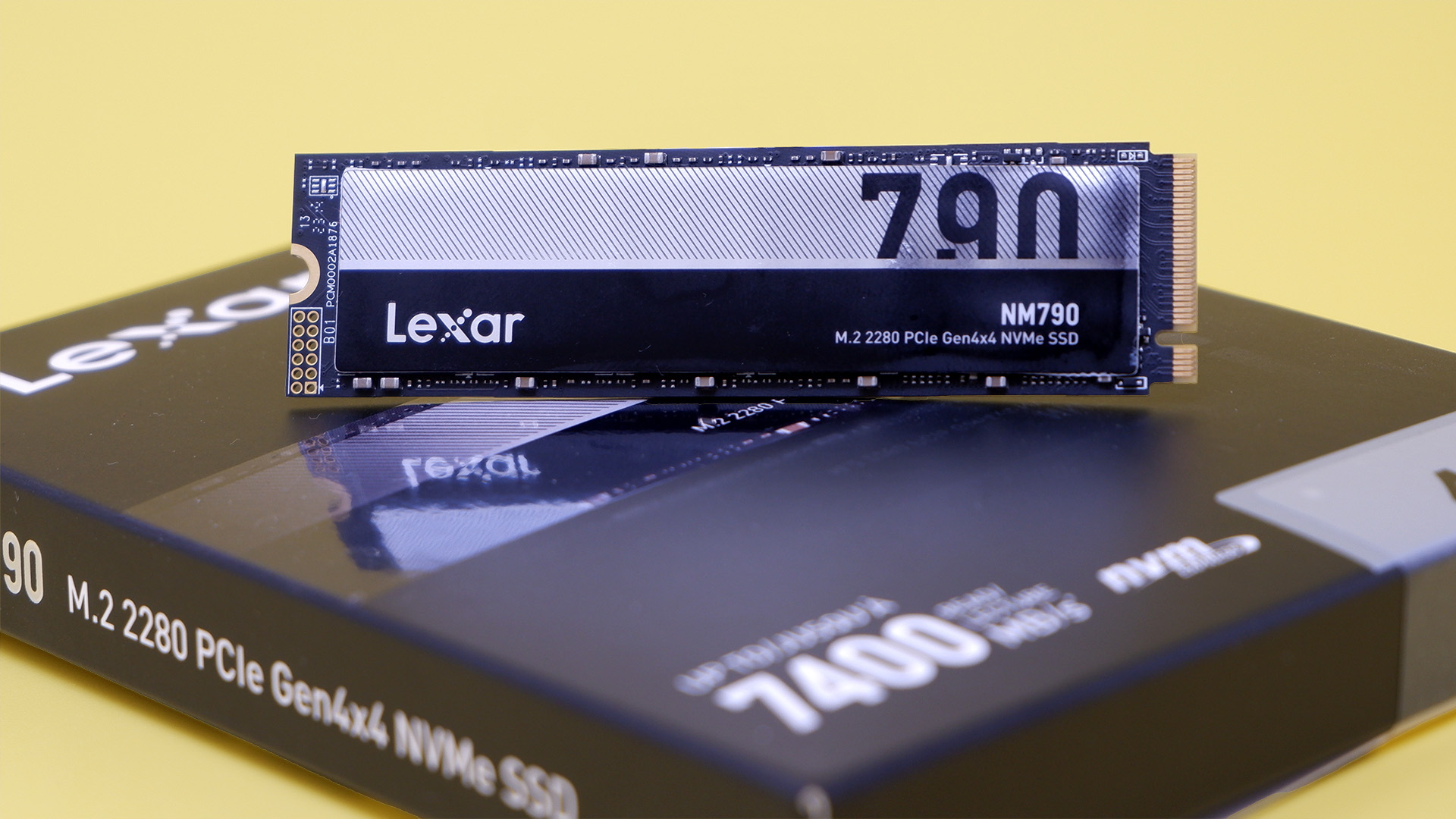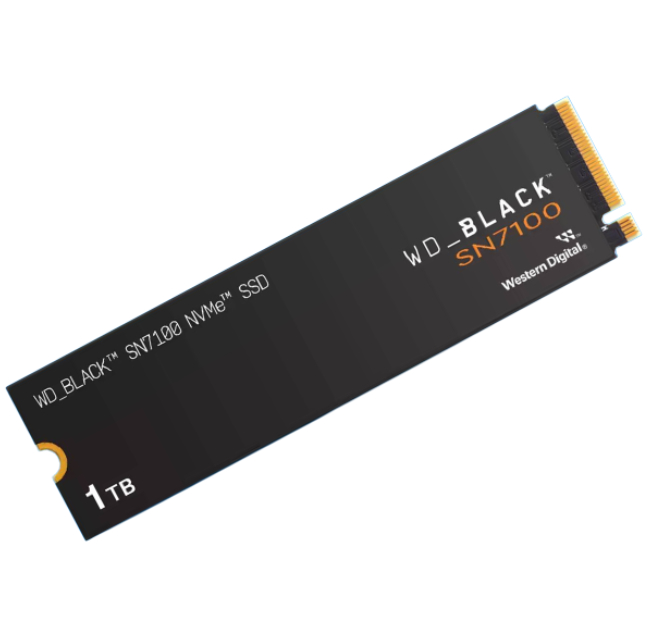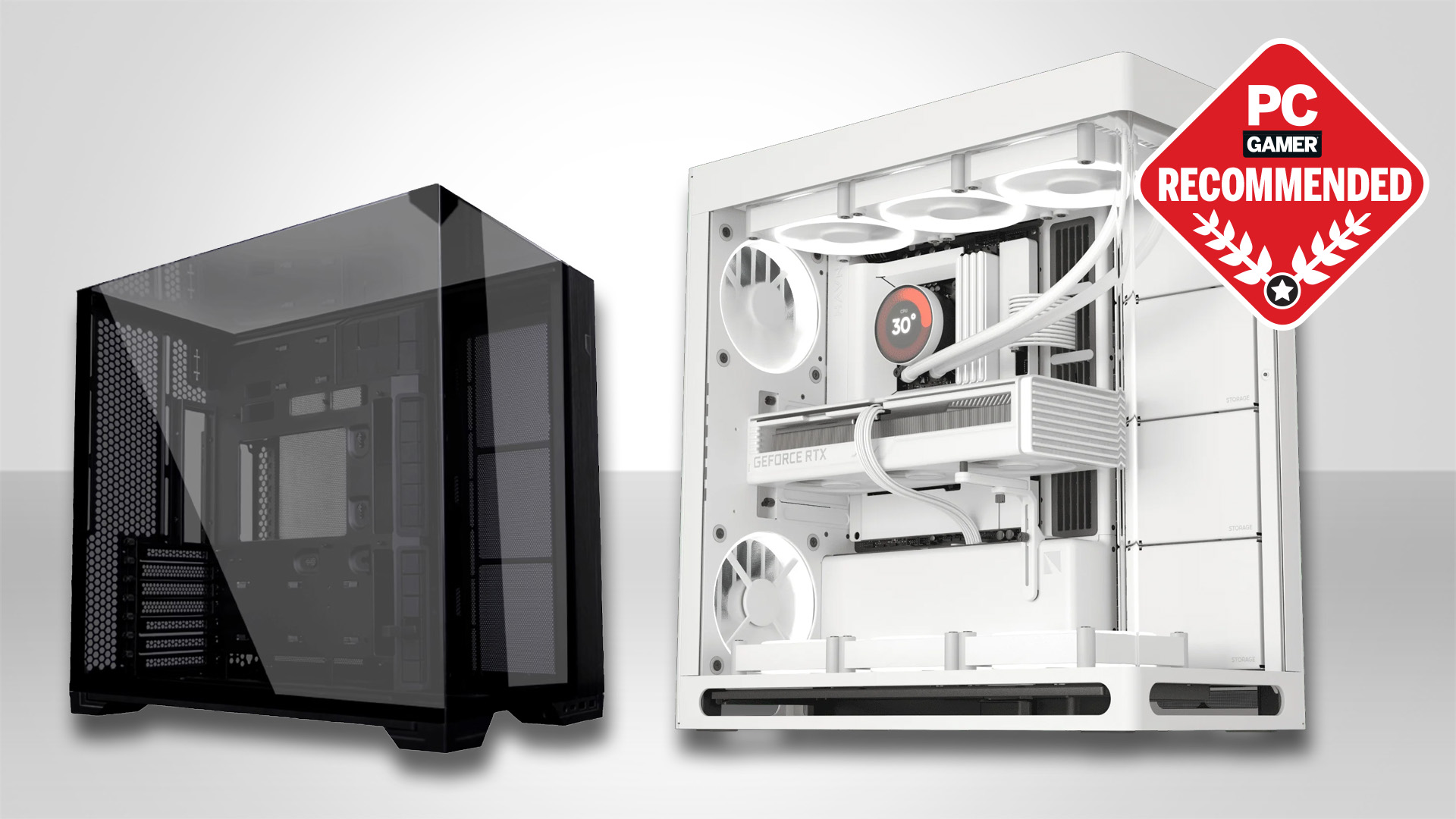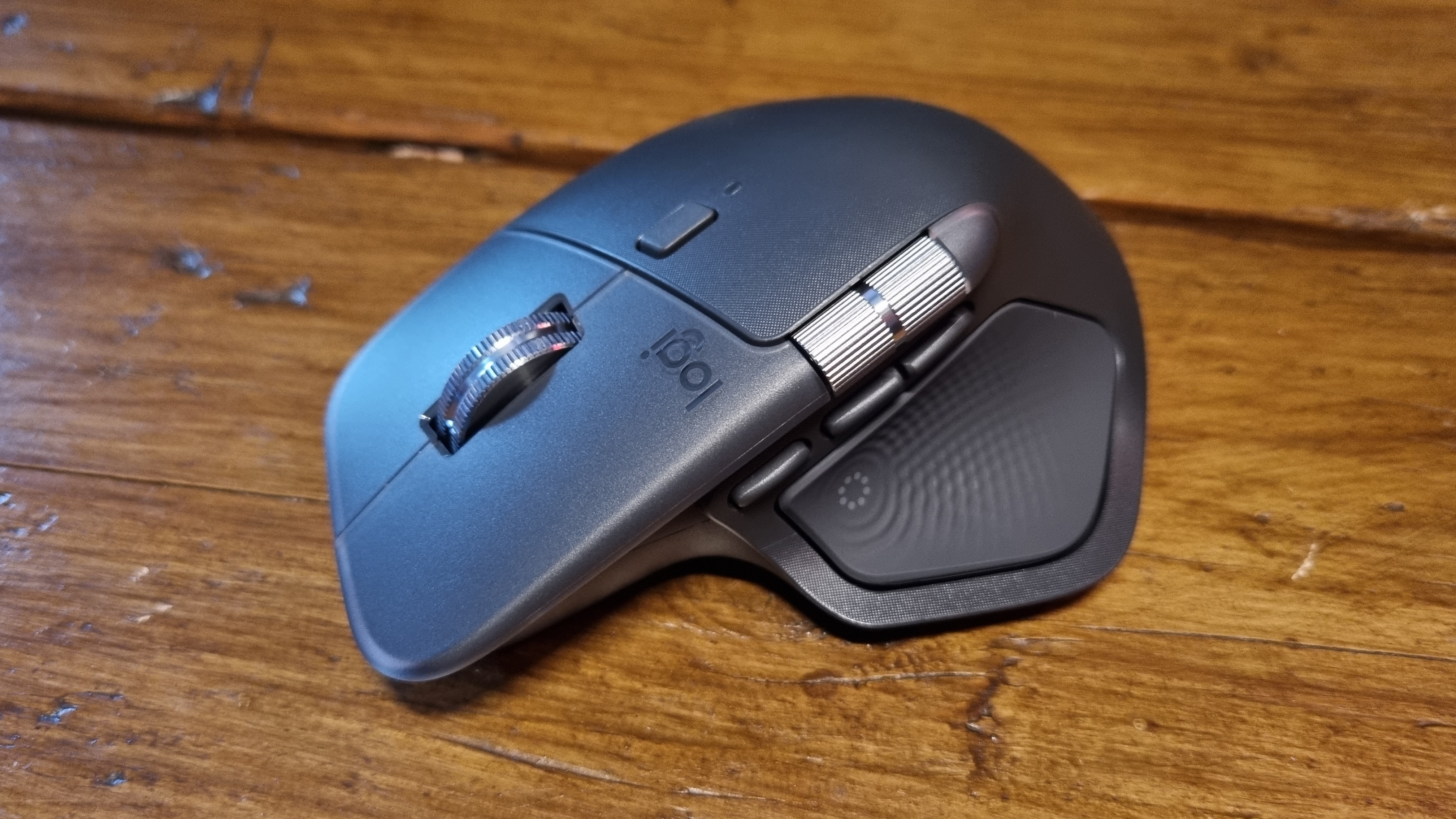Want size and speed in your SSD? Micron's new 2600 boasts 'up to 63% faster sequential write and 49% faster random write speeds' than the competition
Dancing the SLC, TLC, and QLC three-way tango.

There's one thing that budget-sector and massive-capacity SSDs have in common, and it's the type of memory chips they use. They both commonly sport QLC NAND flash, which is great for price and storage, but not so hot for performance. Micron reckons it has the solution to this in the form of a new flash chip that can adaptively work in SLC, TLC, or QLC mode, giving you the best of each world, while minimising the worst parts.
The world's third-largest producer of RAM and SSD chips, after Samsung and SK Hynix, has launched its new NAND flash in the form of its Micron 2600 NVMe range of SSDs. While these might look like any other speedy storage stick you can pop into your gaming PC or handheld device, their secret sauce is Micron's Adaptive Write Technology.
Flash memory works by storing electrical charge in the conducting part of a transistor, by using a large voltage to ram it through the insulating layer around the conductor. When the voltage is off, that insulation prevents the charge from leaking out, which is why SSDs can store data for years without power.
The group of transistors required for this is collectively known as a memory cell. Traditionally, these would use just one voltage level to store charge, leading to 1 bit of data per cell. However, over the years, flash memory has been developed so that multiple voltage levels can be used, storing varying amounts of charge, and thus more bits of information.
Single-level cells (SLC) are the fastest type but store the least amount of data; MLC, TLC, and QLC use two, three, and four voltage levels, respectively, with the latter creating 4 bits. What's special about Micron's G9 QCL NAND flash is that the cells can work in one of three modes, rather than just one or two of them.
The Micron 2600 SSD will start writing data in SLC mode to begin with, just like most QLC SSDs do, but only so many of the cells in the flash chips are designed to do this. Once they're used up, the Q9 memory continues to write data in TLC mode. Eventually, those cells will fill up too, and that's when the drive will switch to QLC mode.

If the SSD isn't especially busy, data written in SLC or TLC mode will be moved elsewhere in QLC mode, freeing up the faster cells to ensure they're ready for the next batch of incoming data.
Keep up to date with the most important stories and the best deals, as picked by the PC Gamer team.
Naturally, all of this is handled automatically by the SSD's controller (presumably an in-house design), so all you need to do is stick the drive into a free M.2 slot and enjoy the boost in performance. Micron claims that the 2600 offers up to 63% faster sequential writing than competing QLC drives and, more importantly, up to 49% random writes.
For example, the 1 TB Micron 2600 NVMe SSD has sequential read/write speeds of 7,200 and 5,800 MB/s and random read/write rates of 740 and 1,000 kIOPs. Sounds great, yes? However, our current pick for the best budget gaming SSD, the Lexar NM790, touts figures of 7,400 and 6,500 MB/s sequential and 1,000 and 900 kIOPs for random.

However, Lexar uses TLC NAND flash on that drive and per unit of storage, it's more expensive than QLC, as you need more layers of cells to get the same amount of capacity. And there's more to an SSD's performance than just its peak throughputs, though, and it could be the case that in real-world situations, the Micron 2600 is a more consistent performer than the likes of the NM790.
We obviously won't know until we get our hands on one for testing, but if Micron sets the prices for the 2600 correctly, we could have a new budget champion on our hands. At the very least, it should be a lot better than your average QLC SSD that's most commonly found in the budget sector.
With storage sizes of 512 GB, 1 TB, and 2 TB—all in the usual M.2 formats—the Micron 2600 NVMe should appear on retailers' shelves relatively soon, but you might want to wait until all the independent reviews are out before splashing the cash.

1. Best overall:
WD_Black SN7100
2. Best budget:
Lexar NM790
3. Best PCIe 5.0:
WD_Black SN8100
4. Best 4 TB:
TeamGroup MP44
5. Best 8 TB:
WD_Black SN850X
6. Best M.2 2230:
Lexar Play 2230
7. Best for PS5:
Silicon Power XS70
8. Best SATA:
Crucial MX500

Nick, gaming, and computers all first met in the early 1980s. After leaving university, he became a physics and IT teacher and started writing about tech in the late 1990s. That resulted in him working with MadOnion to write the help files for 3DMark and PCMark. After a short stint working at Beyond3D.com, Nick joined Futuremark (MadOnion rebranded) full-time, as editor-in-chief for its PC gaming section, YouGamers. After the site shutdown, he became an engineering and computing lecturer for many years, but missed the writing bug. Cue four years at TechSpot.com covering everything and anything to do with tech and PCs. He freely admits to being far too obsessed with GPUs and open-world grindy RPGs, but who isn't these days?
You must confirm your public display name before commenting
Please logout and then login again, you will then be prompted to enter your display name.

